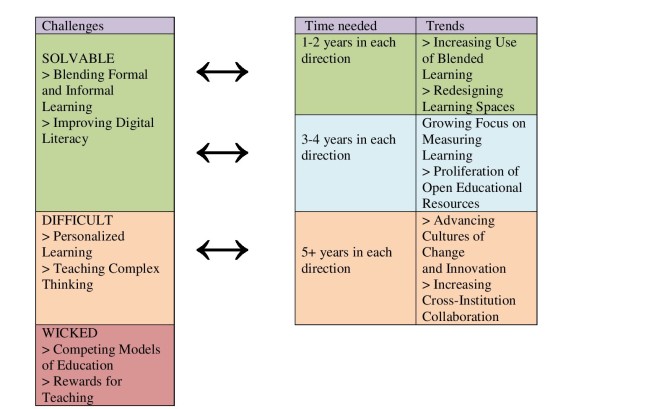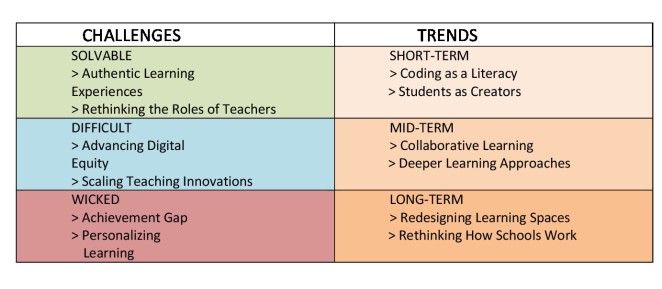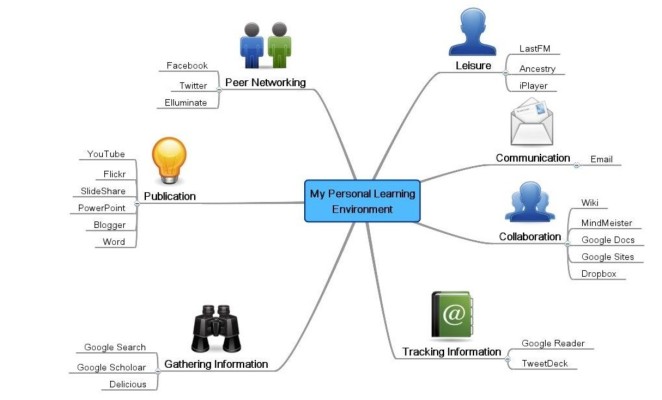I attended New Technology Course classes with great pleasure. This course was unique; it implied not only reading but also practical assignments. During this course, I learned about many technologies and their educational benefits. I became more technologically literate I learned why and how to integrate technologies in the language learning and teaching process. This course empowered me to create materials owner of which was I.
First of all, this course made me think deeper about technology integration in the teaching process. Before this course, I believed that technologies are used in the classroom to make lessons interesting, or just because they are in “fashion” (it was ridiculous, but yet true).Now I have totally another point of view: technologies are there to solve problems which can’t be solved effectively without them. For example, sending voice or written messages to the teacher will allow students to improve their speaking and writing skills anytime and anywhere. This is impossible to do with traditional teaching methods.
Among my favorite technologies studied during the course are digital video production (DVP), digital storytelling (DST), blogging, MALL and educational games. DVP and DSP can be used as project assignments for students. They will boost students’ multi-literacy and prepare for collaboration. Besides, they are powerful tools for teachers to introduce topics ‘multimodally’ and in engaging manner and create videos appropriate for their lessons.
Movie Maker was one of the most valuable revelations for me in this course. Sometimes I was not satisfied with the video contents from the Internet, or they did not completely fit my lesson. I needed a video making or editing tool. Now I am confident that if there is a need I can make videos or/and edit them.
Blogging allowed me to have my personal web page. Sending frequent blog posts contributed my writing, and I will use blogging to foster my students’ writing abilities. To enhance and practice students’ vocabulary knowledge I will use educational games. These games are appropriate for children. The interface looks like a game, but in most cases, they are educational activities. If students fail the game, they have the chance to repeat it again and again. This is not the case with a pen and paper.
We are finishing the course, but technologies studied during the course will stay with us for a long time.






